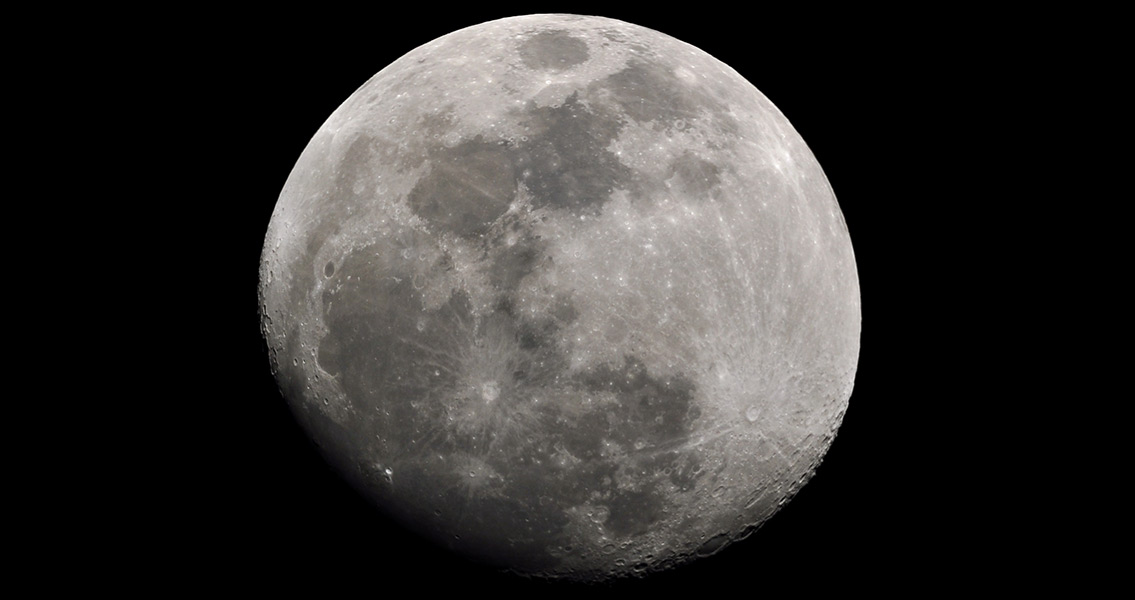<![CDATA[Using new analytical techniques, a research paper focusing on the chemical analysis of our only natural satellite has turned the leading theories on the Moon’s origin squarely on their head. Most scientists agree that the Moon was created after some sort of prehistoric interplanetary impact occurred between the Earth and a massive foreign object. For years, the Moon was thought to be the leftovers of this impact – or at least it was until a team of scientists in 2001 found that lunar rocks and those present on earth had nearly identical levels of certain isotopes, specifically three stable oxygen isotopes. These results were incongruent with the hypothesis that the remnants of a massively-sized protoplanetary mass had impacted the Earth and then settled into orbit around it. The likelihood of an impactor having so many identical isotopes to Earth is so small as to be functionally impossible. Yet the characteristics of the Earth and Moon in relation to one another matched the theory that a large collision had occurred, even if their geochemical makeup was all wrong. A new, highly accurate method for measuring chemical isotopes has been able to offer a theory as to why this anomaly is present. Based on ultra-sensitive methods for detecting concentrations of potassium isotopes, geochemists Stein Jacobsen and Kun Wang determined the amount of potassium-41 present in both Earth and Moon rock samples: 0.4 parts per thousand. They conclude that the only way this potassium isotope could have condensed in both moon rock and samples from the Earth’s mantle was in one very specific manner: an incredibly energetic impact, much bigger than even the largest estimations, with an object that would have vaporized both the impactor and nearly all of the Earth at that time. Wang, currently of Washington University in St. Louis, was a colleague of Jacobsen at Harvard University while developing the new measurement technique. The findings support a 2015 theory that suggested the impact that created the Moon was an extremely violent one. The vaporized Earth’s mantle, this theory states, would have mixed with the remnants of the impactor to form an atmospheric cloud 500 times larger than the Earth as it is today. The Moon is composed of a condensed version of this incredibly dense vapor, which was mixed so thoroughly that Wang called it a “supercritical fluid”: a substance that has qualities of both liquids and gases, able to both dissolve materials and flow through solid ones. It was this high-temperature process that separated potassium isotopes in such a way to cause potassium-41 to accumulate in the manner it has in both the Moon and terrestrial geology, said Wang in a press release. With potassium-41 being a heavier isotope, it would have fallen out of this supercritical vapor first. According to the calculations of the two scientists, the entire process occurred at an atmospheric pressure that was around 10 times the typical pressure experienced on Earth at sea level. The new research study, published recently in the journal Nature, can be found online here]]>
Chemical Analysis Turns Moon Origin Theories on Head
